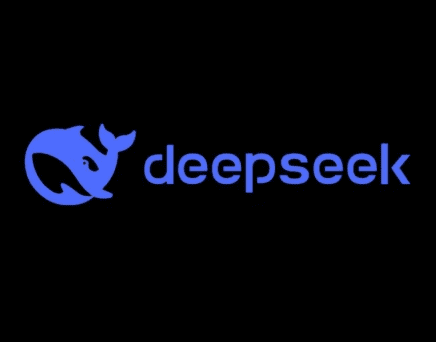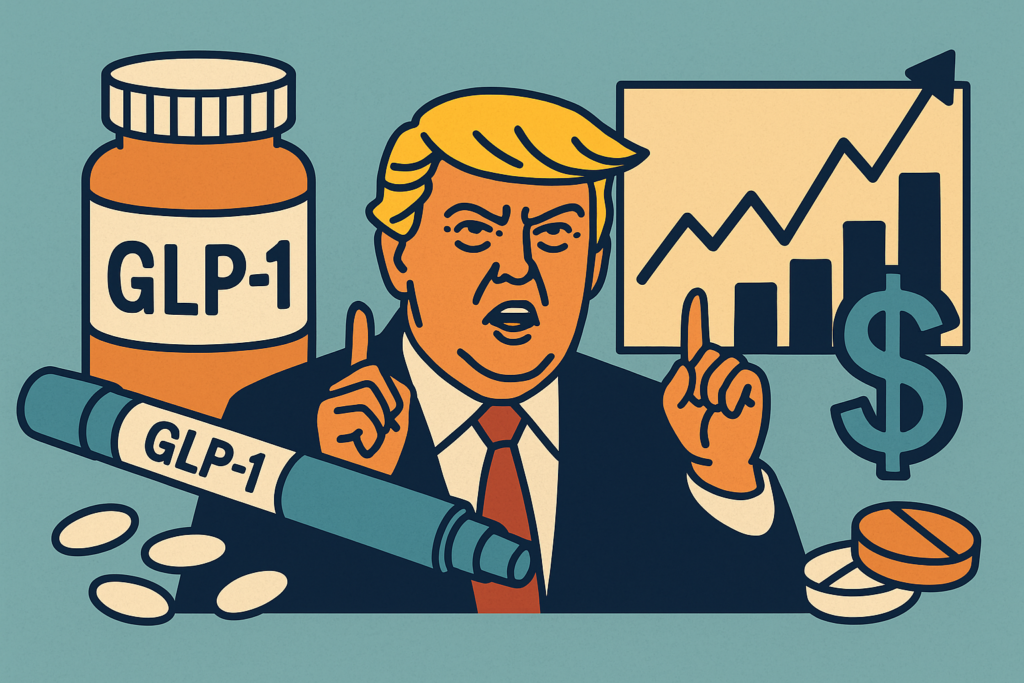“Oh life is bigger, It's bigger than you, And you are not me”
— Losing My Religion (R.E.M.)
Speevr Intelligence
The Speevr Intelligence daily updates provide in-depth alternative perspectives on key themes and narratives driving financial markets. Our unique collection brings Speevr's exclusive content together with partners' research and analysis.







